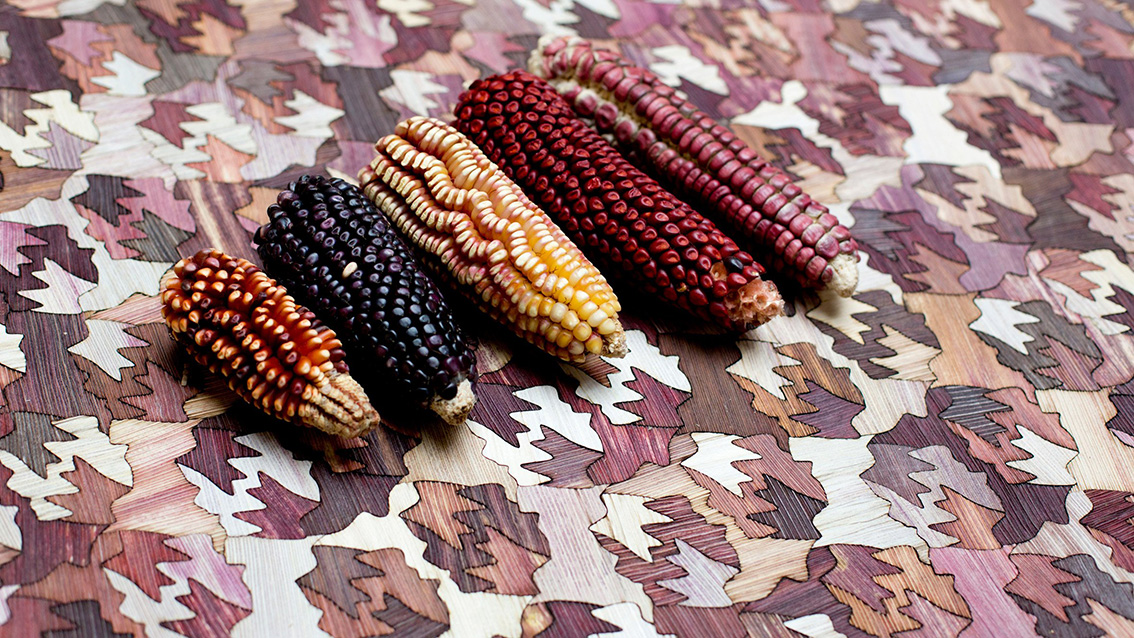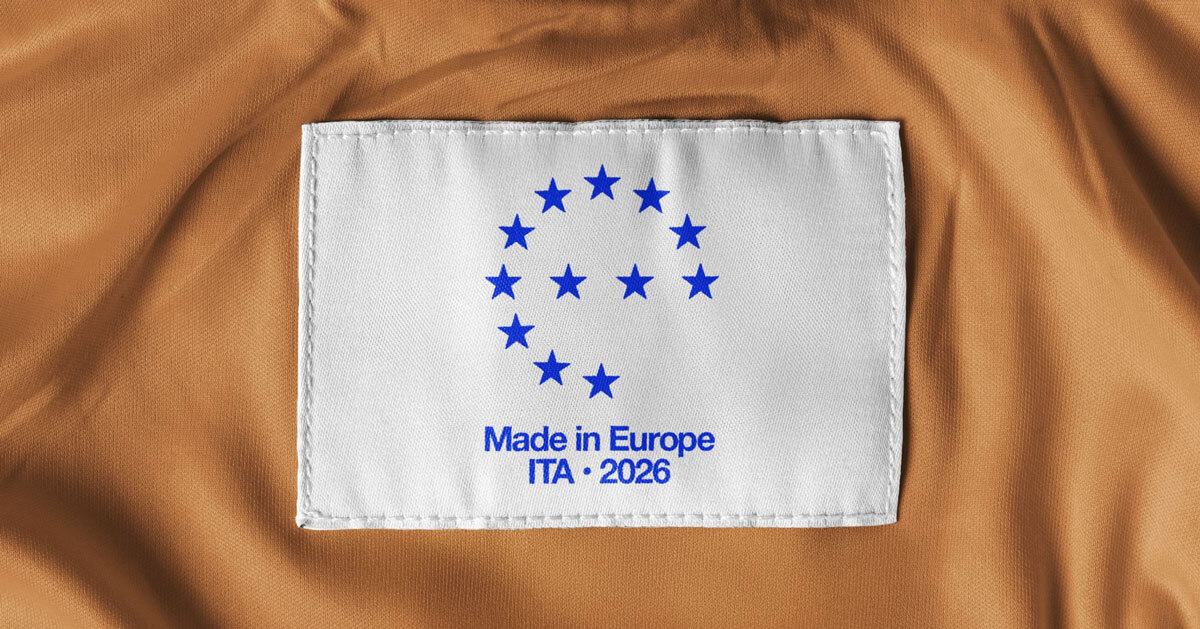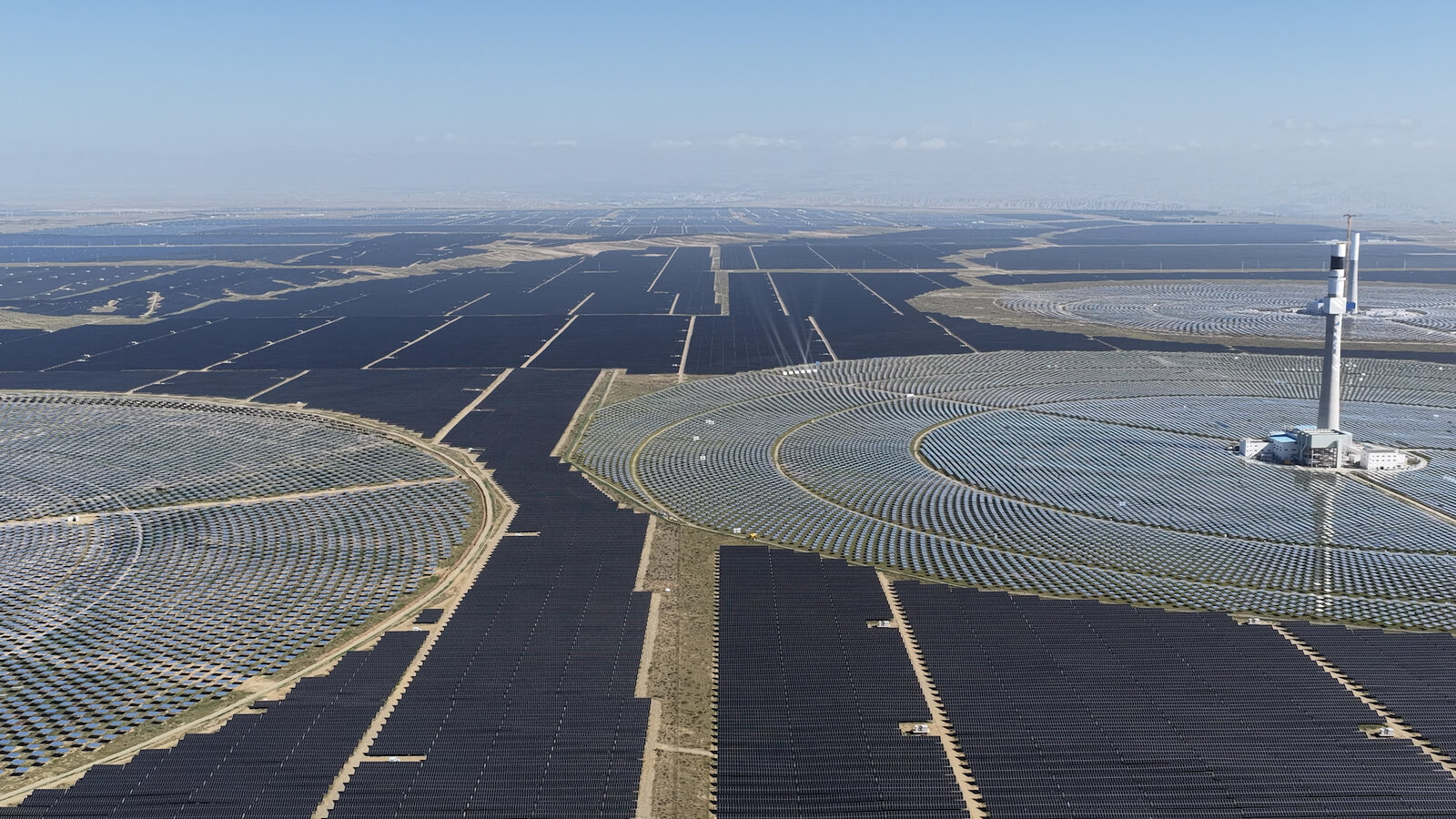What on earth is regenerative design?

Sustainability is dead; long live regenerative design. Or so designers keep saying. But what does it even mean?
I'm an industrial designer. We make physical products. This means extracting Earth's resources and turning them into objects that, in most cases, won't return to the natural system no matter how well-intentioned our process. Even with all the circularity strategies in our hands, we still impose irrevocable change on our natural living system.
Yes, product design is woefully behind on sustainable design, but at least most people broadly understand what it means. We have a way to go in getting to grips with the frameworks, metrics and acronyms; LCAs, SDGs, Scope 1, 2, 3s, and there is work to be done in making them more accessible to designers with an aversion to spreadsheets and a lack of reliable data sources.
Ask 30 different designers to define regenerative design and you'll get 30 different answers
But, if we stop quibbling over the nuanced definitions, we know the top-level goal of sustainability: reduce carbon, reduce waste, reduce resource extraction, keep materials in circulation. However, ask 30 different designers to define regenerative design, and you'll get 30 different, often contradictory, answers.
What on earth is regenerative design? We wanted to understand how regenerative design can apply to our work at Morrama, so we started with seeking a definition.




